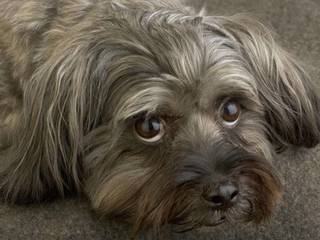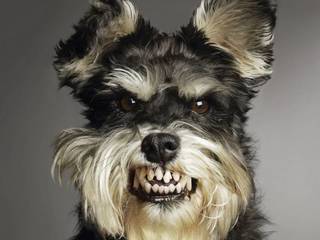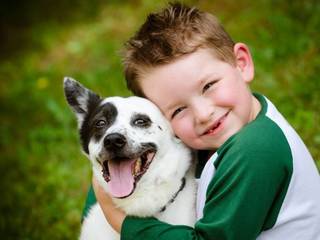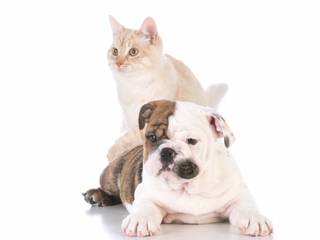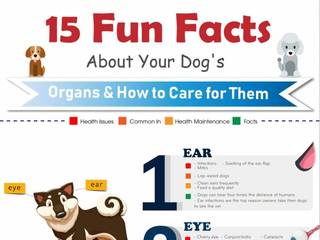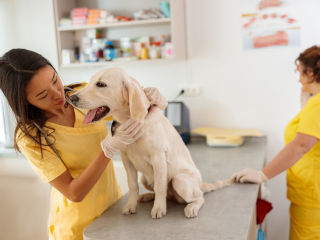We don't like to think of our new puppy falling sick with puppy disease. But youngsters get sick quicker and take longer to get well than adults. It's vital to recognize sick puppy behavior, signs and symptoms of puppy illness, and how to know when you ca
Dog breed English Cocker Spaniel

Breed Tags
Medium dogs Breeds Cute dog breeds Short haired dog breeds Medium short haired dog breeds Hunting dog breedsGeneric
There's significantly strong resemblance of Cocker Spaniel with Field Spaniels, but first are a little shorter, and their legs are much longer. Normal weight of average cocker spaniel is 11-13 kg.A dog of this breed has quite broad forehead, somewhat bulgy in front. Their cheeks shouldn't overhang. Cocker's eyes are usually from dark to medium brown, they shouldn't be bulging. A healthy dog always has a cheerful, affectionate and attentive look. Cocker's ears are quite thin, long and hanging. They are set quite low, however, they shouldn't be longer than the snout, that is no longer than the tip of the nose. They're covered with beautiful thick straight hair.
Cocker's neck is set high, it's muscular and long. These dogs have a strong trunk, well developed deep chest, for which isn't typical the excessive width that the movements of the dog weren't hard. The back of a healthy adult cocker spaniel should be slightly bent, muscles at the withers should be well developed. The loins should be firm and short, and the croup must be muscular and broad.
Their shoulders are oblique, they are pretty well developed. Straight bones of the forearm are also well developed. Hind legs are well set, they are quite muscular, all places are ganged at right angles. Arched feet are thick, compressed into a ball. Usually, they are small. Their legs are not too soft or flat. With its large webbed feet cocker spaniel is famous as excellent swimmer.
Experts usually recommend to tail, but not much. Its tail is usually located at the back and in the middle falls a little lower. During the movement of the dog its tail is constantly moving.
Cocker Spaniel's hair is very silky, not rigid and not wavy. Dogs of this breed are almost of any color, but if the color of the animal is of one color there can be only white spot on its chest. The most common colors of this breed are: red, pure black, black-and-blue and black-and-tan, there are many others but they aren't so common.
Purebred is considered to be lost if it has a rough outline of the skull, straight shoulders, wavy hair and light eyes. Besides, bad and clumsy movements, wrong change from forehead to snout and splayed feet are vicious.
Appointment
Because of its small height cocker spaniels were used to hunt woodcocks in dense and low thickets. In such a way this breed has got its name. The origins of the second part of the name of the breed is still quite vague. Nobody still knows what the word "spaniel" means. Certain types of this breed began to emerge at the beginning of the XIX century due to division of dogs into two groups depending on the weight: dogs which weigh less than 25 pounds and heavier this weight. The official recognition of the breed cocker spaniel was in 1893. Breeders have made special standards for this breed which apply to this day.Training
Most members of this breed are well trained, extremely intelligent and diligent. Aggression towards the beast is inherent, as well as the dedication and love to the owner and his family. Usually cocker spaniels are distrustful to strangers. Cocker Spaniel care is reduced to regular combing of its hair, as well as control over the problem areas. Such areas are the ears, you need to carefully watch their health and cleanliness. Also, the owner should seriously make its diet up, because this dog is quite gluttonous. It's better to keep it from overfeeding.All the above indicated properties of the breed made them widespread in England, that is their historical homeland, and not only as an excellent hunters, but also lapdogs. Subsequently, the geography of their breeding spread all over other countries. For example, the breeders in the United States bred the "American Cocker Spaniel". Their stature is stocky, legs are shoroter, hair is thicker and contours of the head are sharper.
The representatives of the breed are good at duck and hare hunting and other waterfowl and wild birds. These dogs are persistent, strong, active, hardy and have great instinct. These dogs are very obedient, calm and affectionate.




